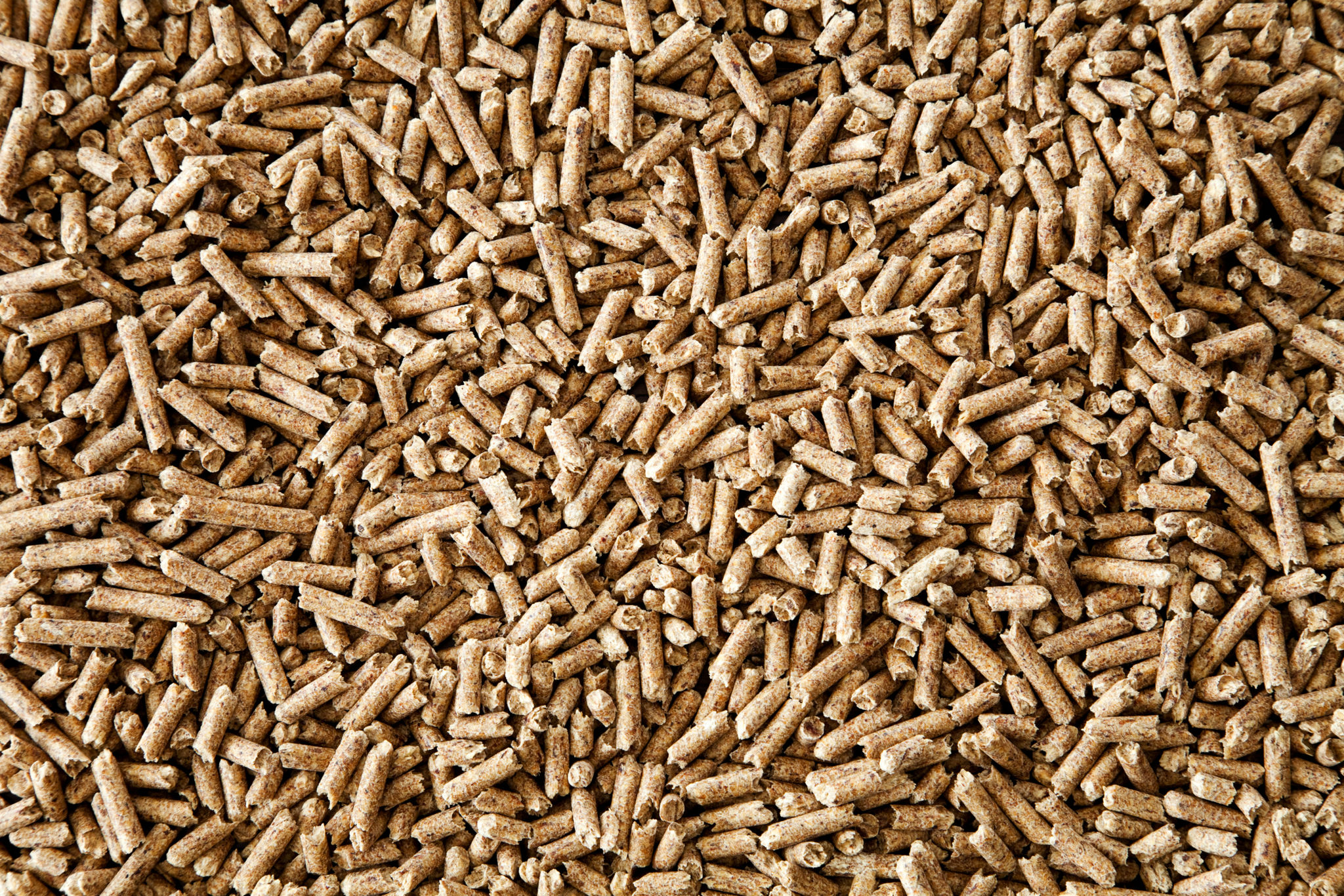How Are Biomass Wood Pellets Made? An Inside Look at the Process
Understanding Biomass Wood Pellets
Biomass wood pellets have become a popular source of renewable energy, offering a sustainable alternative to fossil fuels. Made from compressed organic matter, these pellets are used for heating and power generation. But how exactly are they produced? Let's take an inside look at the process of transforming raw materials into efficient biomass fuel.
Sourcing Raw Materials
The journey of biomass wood pellets begins with the sourcing of raw materials. Typically, these materials include sawdust, wood chips, and other forestry residues. These by-products are often sourced from sawmills and logging operations, ensuring that no part of the wood goes to waste. Using locally available resources not only minimizes the environmental impact but also supports local economies.

Preparation and Drying
Once the raw materials are collected, they undergo a preparation phase. This involves screening to remove any debris or contaminants and grinding the materials into a uniform texture. The next crucial step is drying, as moisture content can significantly affect the quality of the pellets. The material is dried to a moisture level of around 10%, optimizing it for the compression process that follows.
Pelletizing Process
With the raw material prepared, the core process of pelletizing begins. The dried material is fed into a pellet mill, where it is subjected to high pressure and temperature. This causes the natural lignin in the wood to melt, binding the particles together without the need for additional adhesives. The result is a dense, cylindrical pellet that holds its shape well.

Cooling and Screening
After the pellets emerge from the mill, they are hot and soft. Cooling is an essential step to harden them and stabilize their structure. Once cooled, the pellets are screened to ensure uniformity in size and quality, removing any fines or irregular pieces that might have formed during production.
Packing and Distribution
The final stage involves packing the biomass wood pellets for distribution. Typically, they are packaged in bags of various sizes, depending on the intended use, whether for residential heating or industrial energy production. Proper packaging is crucial to maintain the quality and ease of transport.

Environmental Benefits
Biomass wood pellets offer several environmental benefits. They are considered carbon-neutral because the carbon dioxide emitted during their combustion is offset by the carbon absorbed by trees during growth. Additionally, by utilizing forestry residues and by-products, they help reduce waste and promote sustainable forest management practices.
The Growing Importance of Biomass Energy
As global energy demands continue to rise, the importance of biomass energy cannot be overstated. Biomass wood pellets provide a reliable and sustainable energy source that can help reduce reliance on fossil fuels. With advancements in technology and increasing awareness of renewable energy benefits, biomass is poised to play a significant role in the future energy landscape.
In conclusion, understanding how biomass wood pellets are made gives us insight into their potential as a sustainable energy solution. From sourcing raw materials to the final product, each step in the process is optimized to ensure efficiency and environmental sustainability.